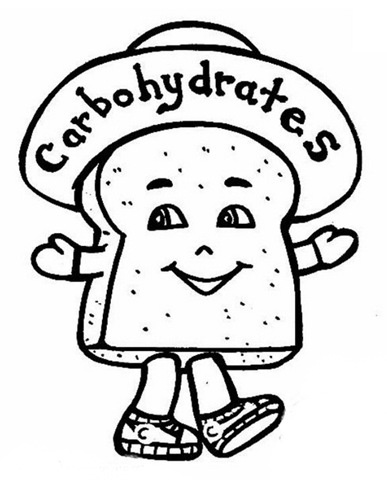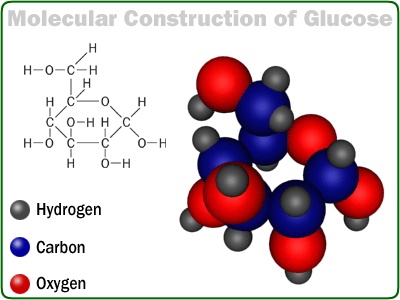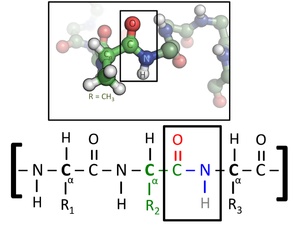Special role of Carbohydrates
OLIGOSAACHARIDES are present in molecule of integral proteins of all cell membrane on the extracellular face of the cell membrane.Oligosaccharides are also present in secreted proteins such as antibodies blood clotting factors, lactalumin, pancreatic RNase and certain anterior pituitary hormones, i.e FSH, LH, and TSH.

Heparan sulfate molecules in proteoglycans have been shown to act as receptors on cell membranes which are thus involve in molecular targeting. The term molecular targeting means the receptors will specific molecules, e.g. ligands that include lipoproteins lipase and certain viruses such as hepran simplex virus. These specific molecule receptor complexes may then enter the cell interior by a process called endocytosis. Once In cell interior the specific molecule will exert their characteristic effect. In addition, by the process certain molecules are removed from circulation. The proteoglycan complex is also involved in adhesion of one neuron to the other during development of the nervous system. This has been shown in the aggregation of the retinal neurons.

Some oligosaccharides get bound to proteins called lectins that serve in a wide variety of cell to cell acknowledgment, signaling and sticking together procedure.The glycosaminoglycan GAG is the integral constitution of gel like extracellular matrix, i.e the ground substance that fills the extracellular space in animal tissues.Ribose is essential part of high energy phosphate compounds, i.e ATP, GTP, UTP, and CTP.A derivative of galactose is the component of H substance that gives rise to the ABO blood group system antigens.

Carbohydrate is also present in apoB part of certain lipoproteins.The role of carbohydrate containing proteins, i.e proteoglycans and glycoprotein in the transfer of information across the cell membrane has been discussed. The role of carbohydrate as informational molecules in association with specific proteins namely lectin is quite important.Lectins bind carbohydrate on the outer surface of cells where they initial interaction with other calls. Massages received by lectins from these oligosaccharides regulate the rate of degradation of certain peptide hormones, circulating proteins and blood cells. Moreover the oligosaccharides present on cell surface bind the bacterial and viral pathogen thus causing infections. A certain type of lectin, namely selection, bound with oligosaccharides is present in the extracellour matrix and mediates the flow of information between cell and matrix and also from cell to cell. The unlimited variety of oligosaccharides showing different types and orientation of substitute groups and the number and types of branches enable the oligosaccharides to play as much greater role in receiving and transmitting information as compared to proteins and nuclic acids.




